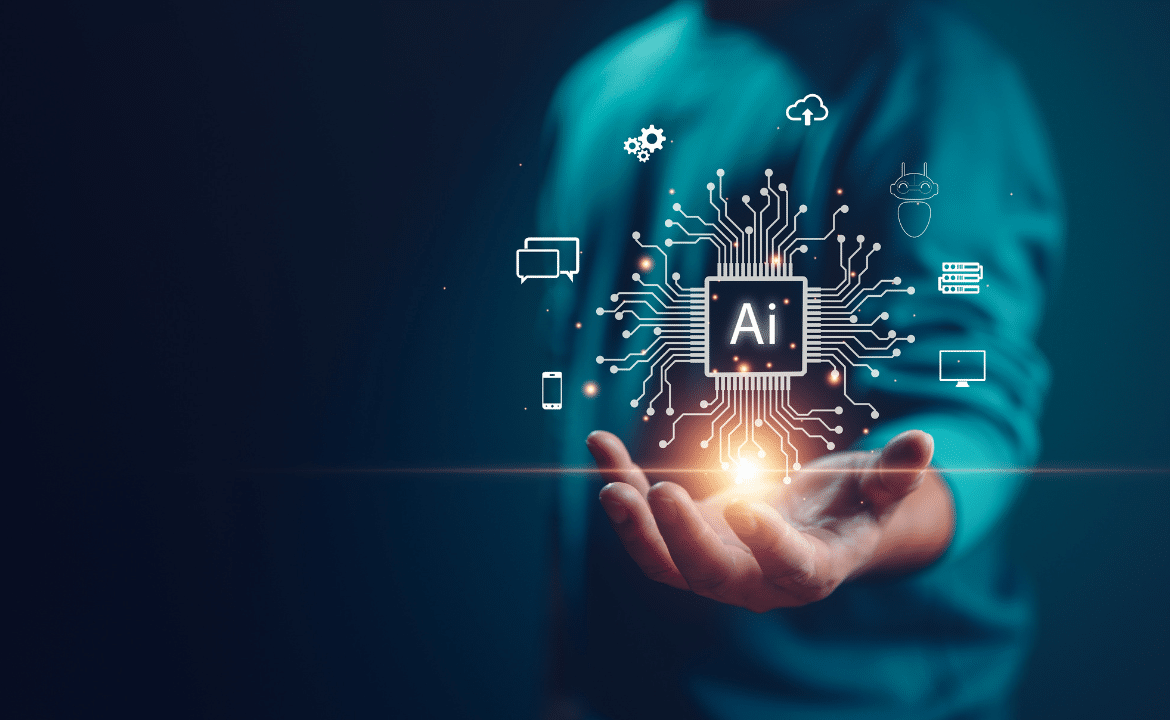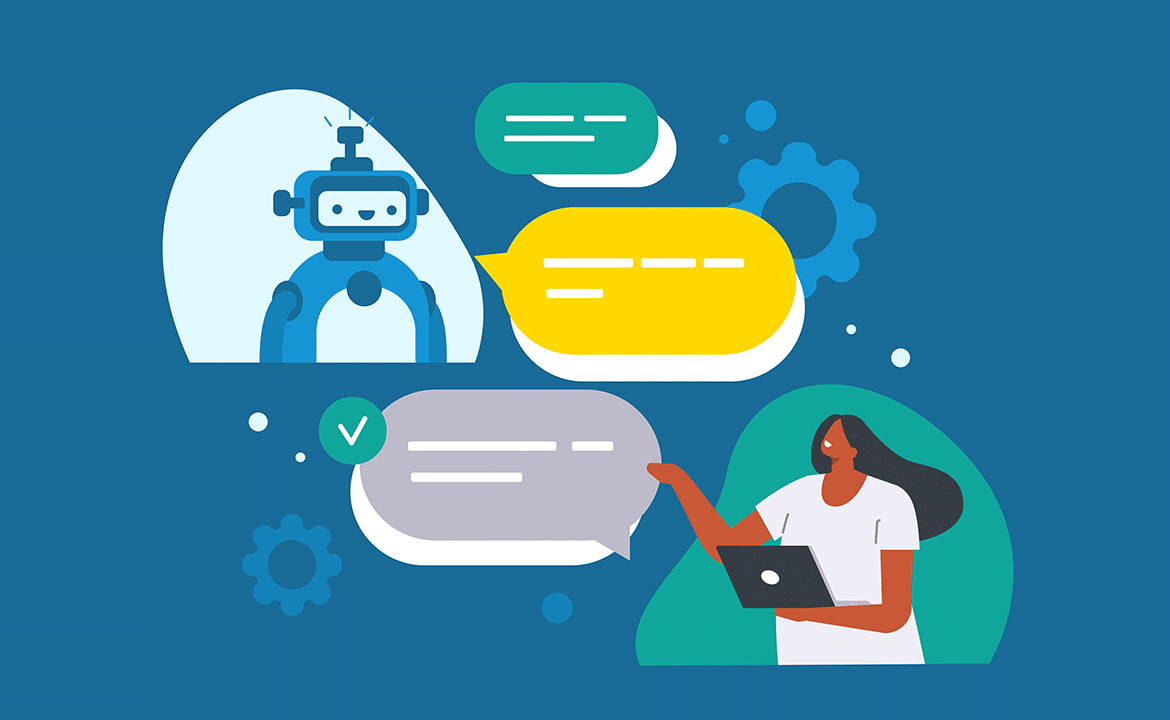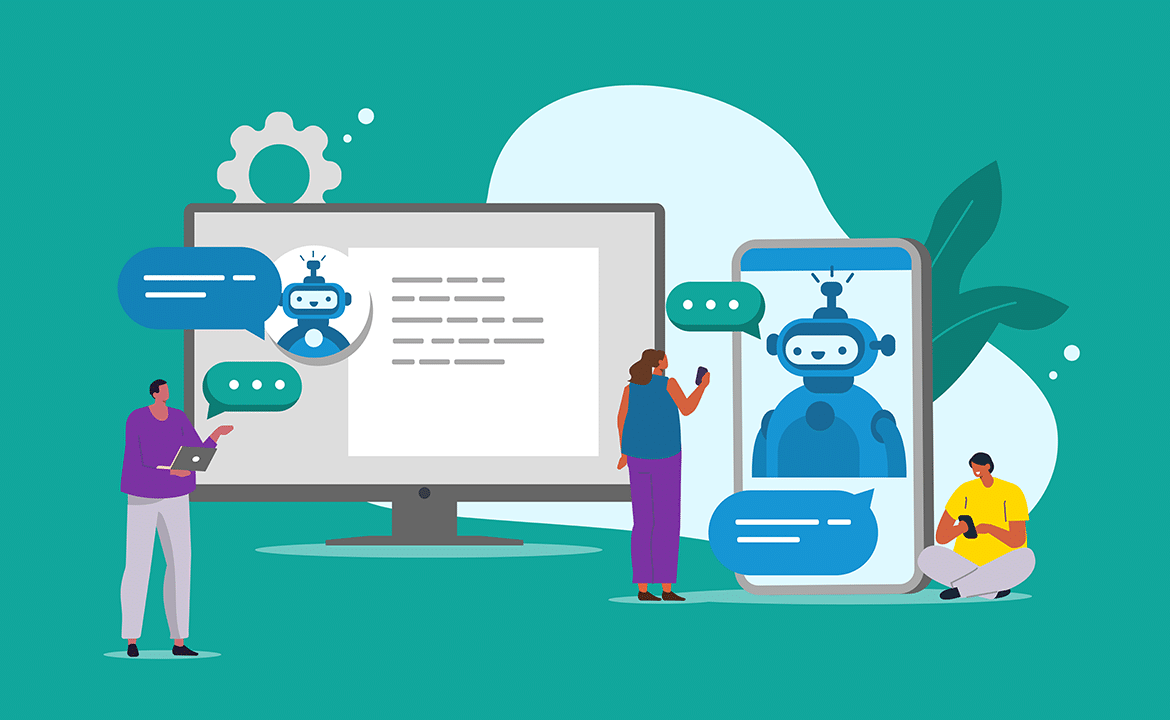How can autonomous agents be used in business processes to improve outcomes and deliver better solutions architecture?
Autonomous agents are individual AI entities that can be configured to analyse context and perform actions to complete tasks, then work together to achieve a goal. Spending on this type of AI is expected to increase from $4 billion to more than $64 billion over the next seven years.
The idea of intelligent or autonomous agents isn’t new. I remember seeing a very early version in the video game Minecraft, where I could create a robotic player that had skills associated with them and give them a daily rota of activities. The bot could then plan tasks, like: “I need to cut down a tree, but first I need the skill of how to cut down the tree.”
These bots used GPT (generative pre-trained transformer) to enhance their own code base. The basic idea is that the agent knows it needs to achieve a task (like cut down the tree or kill a spider.) It’s going to look at the database and identify the skill that seems closest to what it needs. The agent will either fail or succeed, and that information can be used to update the description of the skill, so that next time, the matching process runs better.
How can autonomous agents can be used in business processes to improve outcomes?
Now, we’re trying to understand how autonomous agents could be used in Equal Expert’s business processes to improve outcomes and deliver better solutions architecture.
Gen AI has found a foothold in software development, enabling developers and software engineers to generate code, create test suites and be ‘ten exed’ (10x) various copilots. But can this be extended to other roles?
In recent months, I’ve been working to create autonomous agents that can take on the person of various team members, like a business analyst or solutions architect. The question I asked is, “Can the agent take poorly specified requirements and identify missing information, or see where clarification is needed?”
We then made a chat interface where the persona can ask me questions, and I respond, which allows the persona to make the necessary changes and improvements to the request. Alternatively, we can build the capability into the workflow tool itself, such as Jira.
In a customer setting, this could look like:
- The user fills out a Jira ticket, which is moved into a Kanban column for the auto-BA to read, identifying missing information or details that need further clarification
- The result is reviewed by a human who confirms the ticket has enough upfront analysis to move to the next stage
- The ticket is moved in Jira to another team of agents that perform the task breakdown and propose a solution, based on existing knowledge of business rules and understanding of what a good architecture looks like
- The agents uses modular diagramming tools to generate architecture diagrams
- The agent then creates a reply in Jira showing the target architecture, components and workflow for a human to review
Getting autonomous agents to a first high-level response
We want to get to a point where the agents can generate a first high-level response – to tell us what the target architecture is, its components, and what the workflow looks like, and then to summarise that back again, either as an attachment in Jira or in the Jira ticket itself.
Currently we’re in the early stages of that process. We’re using Microsoft AutoGen and we’ve got proofs of concept, and I’ve been working on Jira integration. It’s been a struggle, but we can create tickets and move tickets around in Jira.
What we want to do next is identify a list of what we’d require, as experts, for a good requirement document, and really asking ‘What extra details should we be looking for?’ We are holding a workshop with a few folks to try and codify those elements.
Doing more with less
The primary benefit of autonomous agents is the potential to reduce latency time in processes and help individuals be more efficient. You can have tickets that are responded to immediately. On a large engagement you could have hundreds of change requests coming in on a daily basis, and the team is swamped. Having automated processes in place that ensure tickets are accurate and complete saves time, and ultimately, money. That’s exciting at a time when we all want to be doing more with less.
At the moment, the agents are acting as a business analyst and solution architect. But there’s no reason why you couldn’t be looking at things like security risk assessments, pulling in information upfront, asking about applications and generating security threat models.
The potential is to make people ten times more efficient, not just developers, but lots of professions, right through the stack.




